Throughout history, the allure of discovering lost treasures has captivated the human imagination. From intrepid explorers dedicating their lives to the pursuit of gold to chance discoveries by everyday people, tales of ancient treasures evoke a sense of wonder and adventure. While some discoveries result in the preservation of priceless artifacts in museums, others shed light on the darker side of human greed and destruction.
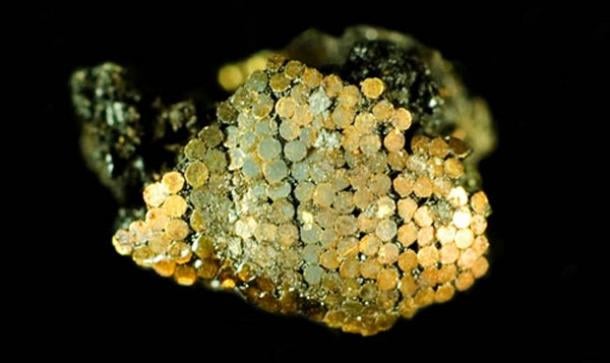
One such legendary tale is that of the Tierra Firme flota, a fleet of twenty ships that set sail from the port of Havana, Cuba, bound for Spain on September 4th, 1622. Laden with the riches of an empire, including silver, gold, and other precious goods from South America, the fleet fell victim to a hurricane in the treacherous waters of the Florida straits. Among the lost ships was the Nuestra Señora de Atocha, carrying a vast treasure that eluded Spanish salvagers for sixty years.
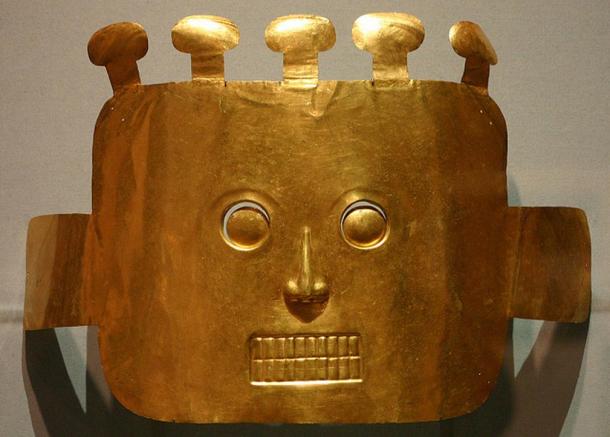
The quest to find the Atocha became the obsession of Mel Fisher, a former chicken farmer turned deep-sea diver. For sixteen years, Fisher and his family searched tirelessly until, in July of 1985, they struck gold. The discovery of the Atocha and its treasure hoard, worth around half a billion dollars, ranks among the most valuable shipwrecks ever found.

In England, the ancient burial site near Stonehenge known as Bush Barrow yielded a spectacular discovery in 1808. Archaeologist William Cunnington unearthed ornate jewelry, a gold lozenge, and an intricately decorated dagger from the 4,000-year-old barrow. The process of creating the handle of the dagger, adorned with thousands of tiny gold studs, speaks to the skill and artistry of ancient craftsmen.
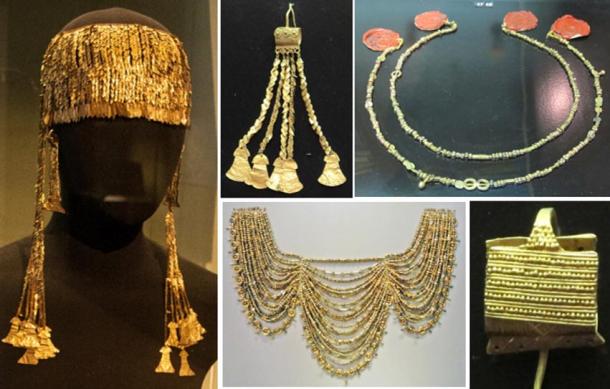
In Colombia, the Hacienda Malagana became the site of a modern-day gold rush in 1992 when a sugar cane farm employee stumbled upon a cache of gold artifacts while working in the fields. The discovery sparked a frenzy of looting, resulting in the destruction of hundreds of tombs and the loss of priceless pre-Columbian artifacts.
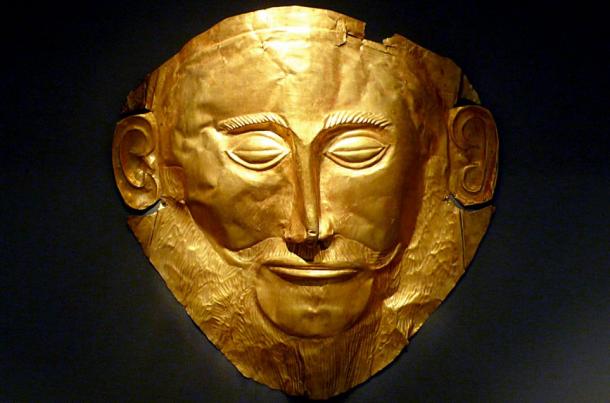
Germany boasts its own treasure trove in the form of the Eberswalde Hoard, unearthed during an excavation near Berlin in 1913. Comprising 81 ancient gold objects, including wire arm spirals and gold bowls, the hoard is believed to date back to the 11th or 10th century BC.
Turkey’s legendary city of Troy yielded its own riches in the 19th century when German archaeologist Heinrich Schliemann discovered the so-called Treasure of Priam. Among the treasures found at the site of ancient Troy were gold jewelry, weapons, and a copper cauldron, providing tangible evidence of the city’s legendary wealth.
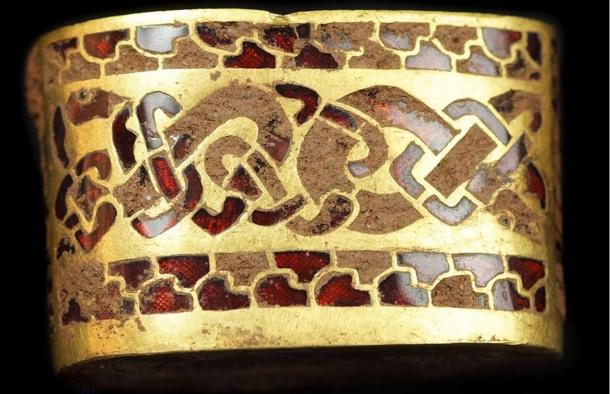
In Greece, Schliemann’s search for the tomb of Agamemnon, the legendary king of Mycenae, led to the discovery of the Gold Death Mask of Agamemnon. While debate surrounds the mask’s authenticity, its discovery remains a testament to the enduring fascination with the heroes of Greek mythology.
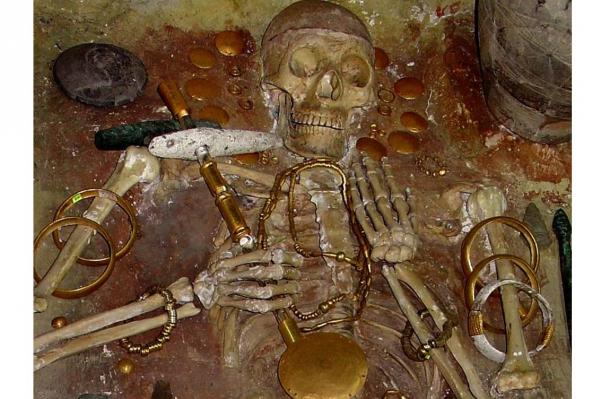
Finally, in England, amateur treasure hunter Terry Herbert struck gold in 2009 when his metal detector led him to the Staffordshire Anglo-Saxon Gold Hoard. Over five days, Herbert unearthed hundreds of gold artifacts dating back to the 7th century, shedding new light on the wealth and craftsmanship of Britain’s early medieval period.
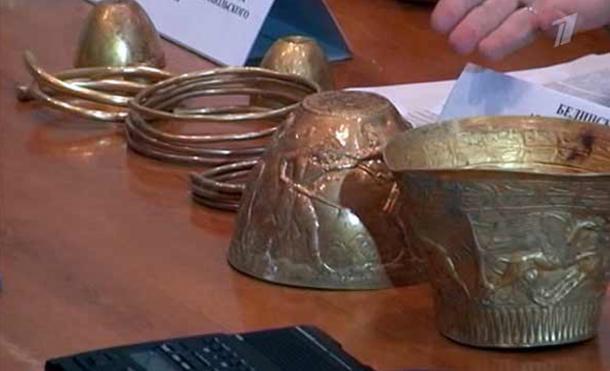
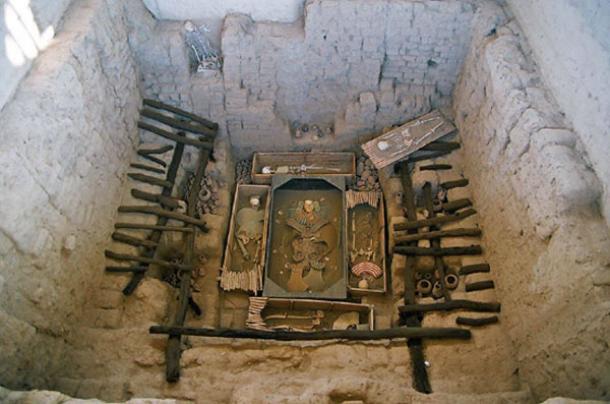
These tales of ancient treasures, spanning continents and millennia, continue to captivate and inspire, offering glimpses into the rich tapestry of human history and the enduring allure of lost riches.